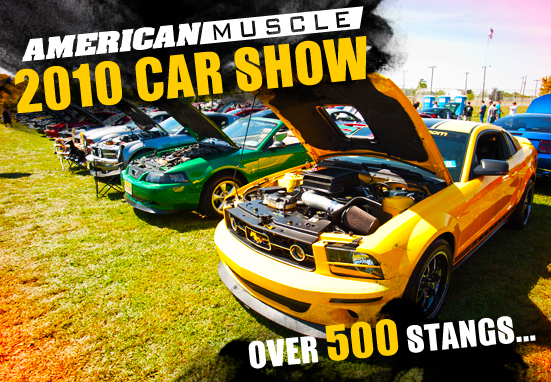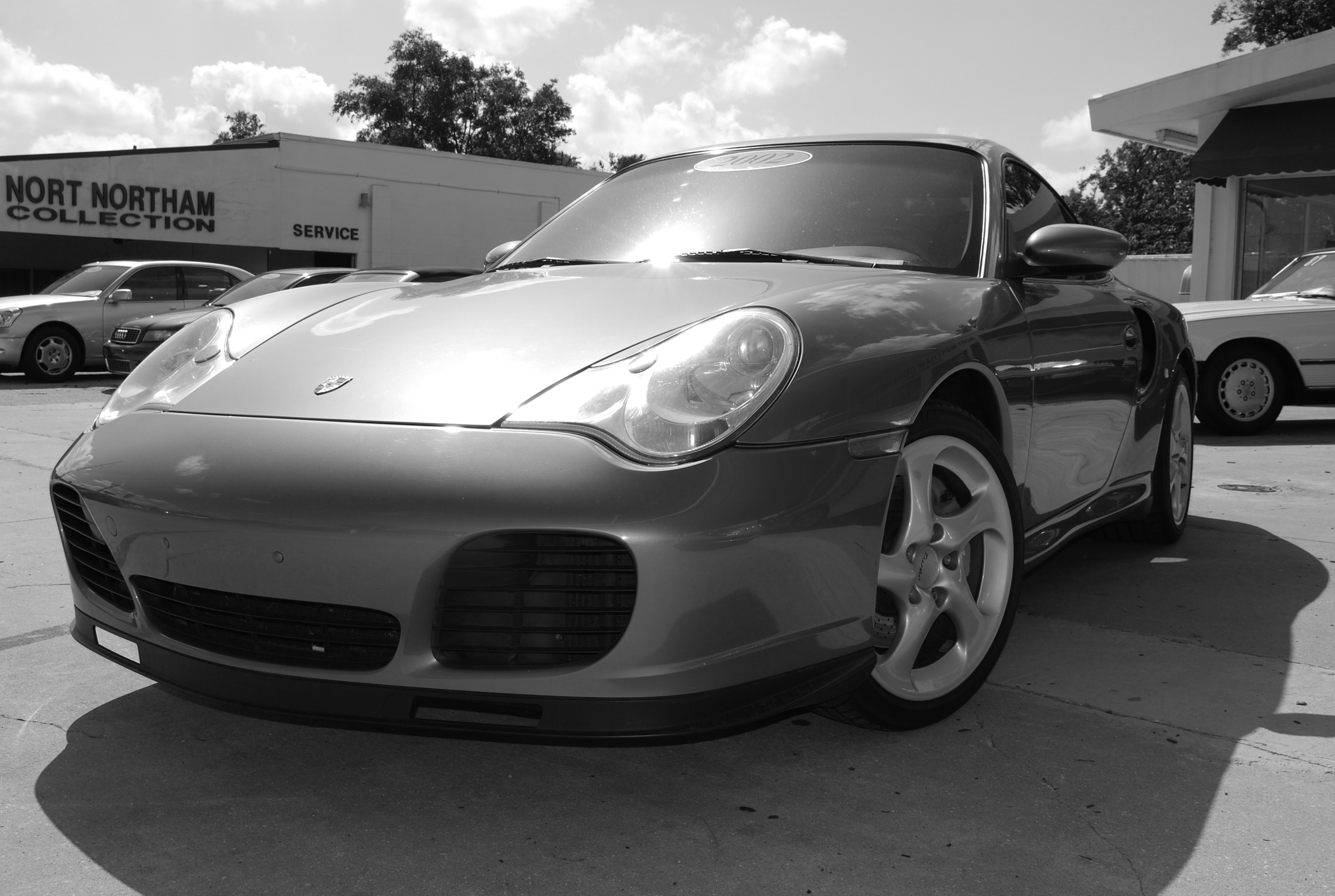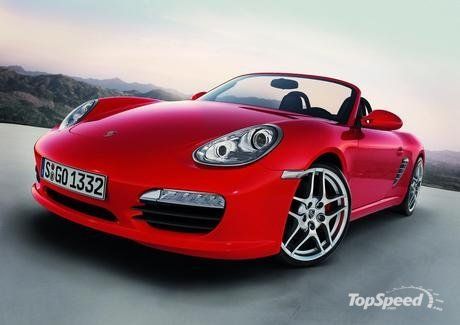
Thumbs Up: Reasonable handling, great build quality, good fuel economy and an incredible amount of content for the price
Thumbs Down: Footwell legroom discourages cross-country trips
Buy This Car If: You’re looking for maximum content at a minimal price
Not too long ago, entry level cars were defined by their absolute lack of everything. Styling, if you could call it that, was bland and uninspired. Climb inside, and you were lucky to get A/C and an FM radio. Most econoboxes had roll up windows, seats designed during the Spanish Inquisition and acceleration that was nearly as brisk as, say, a glacier. They were what you bought straight out of college, and you hoped that the car would last longer than its payments.

If you haven’t driven an entry level car in a while, take your preconceived notions and throw them out the window. Then go drive the new Ford Fiesta, and I guaranteed you’ll come away with a whole new perspective. The car actually has an appealing style to it, and the interior can be as well appointed as you budget allows. Want leather seats? They’re available. Want Sirius satellite radio and a surprisingly good sound system with a USB input? Check. Want Ford’s Synch system for voice command of audio and cell phone? It’s standard in the higher trim levels. In fact, the only thing you can’t get in the Fiesta is a conventional nav system; this is a moot point, because the Synch system allows you to request turn by turn directions, eliminating the need for an additional nav system.

The Fiesta comes as a four door sedan or a five door hatchback. My tester was the five door hatchback, which, coincidentally, is my favorite body style. Need to haul for passengers? No problem. Need to haul big boxes? No problem in the hatchback, big problem in the sedan. Unlike earlier entry-level Fords (the original Fiesta, for example), the 2011 Fiesta SES hatchback has an appealing style all its own, The front fenders are sculpted and flow into the hood, with the lines carrying all the way to the grille. LED driving lights are offset by deep chrome bezels that lead into the flared front wheel arches. An upper character line begins on the front fender and spans the driver and passenger door at an upward angle to denote speed. A similar upswept character line starts at the bottom of the front fender and traverses the doors. Combined with the car’s overall aerodynamic shape, the styling conveys speed and motion, adding to the visual appeal of the car. You may be driving an inexpensive car, but you’re not driving one that looks or feels cheap.

Inside, the front seats are leather and feature contrasting piping to add to the car’s upscale feel. Deep side bolsters provide plenty of support for enthusiastic cornering, yet don’t intrude on overall comfort. Despite being adjustable for height, reach and seatback tilt only, I found the driver’s seat to be comfortable enough for all day driving. The front seats are even heated (if you opt for the Comfort Upgrade Package), not something you would expect to find in an entry level commuter car.


With rear seats up, a parcel shelf hides your valuables

Rear seats down, there's plenty of cargo room.
Rear seats are big enough for two adults, and even offer decent legroom considering the Fiesta’s diminutive size. The seats split and fold 60/40, but the rear headrests must be removed first with the seatback in a partially folded position. An included parcel shelf keeps valuables out of sight when the rear seats are up and is easily detached for maximum cargo room.

The three spoke steering wheel is well shaped, including thumb cutouts at 9:00 and 3:00, and ridged grips at 10:00 and 2:00. The steering wheel contains controls for the phone, audio and cruise control, and is leather wrapped in higher end models. The dash is beautiful, and uses sculpted and textured soft touch plastic offset by aluminum and matte black trim. Audio controls are atop the center console, and the audio display is also used for things like phone data and Synch turn-by-turn directions. Icon based HVAC controls are easy to interpret and easier to operate. The Euro influence is clear in the interior design, and again you’re left with the impression of driving a much more expensive car.

Instrumentation in the Fiesta consists of a tachometer and speedometer, deep set in stylized binnacles. Splitting the two gauges is the driver information display on top, followed by a warning light screen below, followed by a fuel gauge at the bottom. Numbers are large and easy to read, and the driver information display provides a surprising amount of information for a car at this price point.
The only real complaint I had on the interior was footwell room; because of the car’s narrow width and accelerator pedal placement, my right leg was braced against the center console with no room to move while driving. This isn’t a big deal for the average commute. but longer trips with the Fiesta would require the use of cruise control.

The Fiesta uses a 1.6 liter, four cylinder motor, good for 120 horsepower and 112 ft lb of torque. My tester came mated to a five speed manual transmission, although a six peed automatic is an available option. Acceleration is adequate, given the Fiesta’s emphasis on fuel economy over performance, and zero to sixty comes up in about 9.5 seconds. Fuel economy is rated at 28 mpg city and 37 mpg highway, and I saw actual fuel economy of 29.8 mpg in spirited, mostly-city driving.

Handling is surprisingly good, considering that the Fiesta SES isn’t meant for autocrossing. Steering is nicely weighted and provides excellent feedback on what the front wheels are doing. The car feels like it has a low center of gravity, and body roll isn’t bad even when the Fiesta is pushed hard into corners. I would give the Fiesta’s overall platform an A, and I’m absolutely certain that tuners will be building some very fast Fiestas in the next few years.

My 20110 Ford Fiesta SES Hatchback had a base price of $17,795, including destination charge. Options on my tester included the $795 Comfort Upgrade Package (Heated Front Seats, Chrome Belt Line Molding, Keyless Entry With Push Button Start, Chrome Decklid Molding, Perimeter Alarm), the $300 Yellow Blaze Tri Coat Paint, and the $715 Leather Seating for a total sticker price of $19,605. For comparison, a similar Honda Fit can be had for $17,160, but that comes without leather seats, Ford’s Synch system or heated seats. A stripped Fiesta SES, which is more comparable in content to the Honda Fit, is $17,795.

This is the second time I’ve had an opportunity to drive the new Fiesta, and my week with the tester reinforced my initial impressions. This isn’t your father’s econobox, and I suspect that the new Fiesta will draw in buyers across a wide range of demographics. It’s solidly built, and it highlights the industry’s new trend of up-contenting smaller cars to appeal to a broader audience. I would have no hesitation in recommending the new Fiesta to anyone, and I think it may well prove to be Ford’s most successful small car in years.


























































